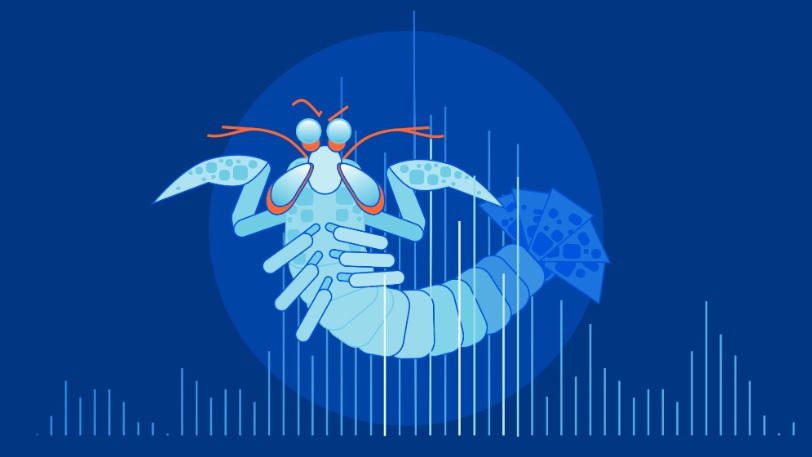The Mantis Botnet
A record-breaking DDoS attack targeted at an undisclosed client website using Cloudflare’s Free plan was thwarted last month, which generated around 26 million requests per second, according to the company.

Nearly 1,000 Cloudflare clients were the target of an attack by the Mantis botnet that, last month, caused the greatest HTTPS distributed denial-of-service (DDoS) attack ever recorded.
The online performance and security company Cloudflare dubbed the massive botnet and linked more than 3,000 HTTP DDoS attacks against its customers.
According to the information that has been revealed, more than 212 million HTTPS requests were made in less than 30 seconds from over 1,500 networks in 121 countries, with Indonesia, the United States, Brazil, Russia, and India leading the pack.
There are many things that make Mantis botnet stand apart as a threat. Firstly, Mantis has the capacity to carry out costly HTTPS DDoS attacks, which need a large number of computing resources to create a secure TLS encrypted connection.
The second difference between Mantis and other standard botnets is that it utilizes hijacked virtual machines and powerful servers, allowing it to have more resources than other botnets.
The goal of an attack of this scale is to exhaust the target’s processing capacity by flooding it with traffic. Traditional amplification attacks have used UDP in the past, while newer TCP reflected amplification vectors using middleboxes are now quickly replacing them.
Reflected amplification attacks will become a serious issue for internet users in the future as security experts say that new vulnerabilities in protocols and software implementations are constantly being exploited by hackers who try to avoid traditional countermeasures.
According to graphics, published in Cloudflare’s blog, Internet and telecom, media, gaming, finance, business, and shopping are among the industries most frequently targeted by Mantis cyberattacks. More than 20 percent of the attacks are directed at companies in the United States, followed by countries such as Russia, Turkey, France, Poland, and Ukraine.
Users who want to protect themselves against Mantis and other DDoS attacks are advised to check out Cloudflare’s guides Best Practices: DoS prevention measures and Response to DDoS attacks to receive more advice on how best to configure their Cloudflare services for maximum safety.

Leave a Reply